Publications
Text queries can be conducted by Author, Title, or Keyword.
Glucose metabolism increases in visual pathways following
habituation
Source: Physiology and Behavior 1981 Nov;27(5):825-834.
Author: Toga AW, Collins RC.
PubMed ID: 7323190
Abstract:
Glucose metabolism in the visual system of rats was studied after prolonged exposure to photic flash. Animals were unilaterally enucleated and local rates of glucose utilization were quantitively measured in optic centers on both sides of brain. We also measured the average visual evoked response and behavioral reactivity to photic flash. Prolonged stimulation resulted in a decrease in behavioral reactivity, a phenomenon known as habituation. After behavioral habituation had been observed there was an increase in the amplitude of VER and an increase in glucose utilization. Visual structures on both sides of the brain responded in this way, but the relationship was not the same for all components of the system. This is probably determined by the number and types of retinofugal projections to the structures. We suggest that more cells are recruited into activity as the photic flash continues and that they eventually discharge in synchrony with the stimulus. METHOD: Pigmented rats were used in this study. One day prior to the experiment animals were food deprived and given free access to water. Most of the subjects were anesthtized with halothane and operated on 18-24 hrs prior to stimulation. The right eye was enucleated and teh animals were allowd to recover. Since the chiasm is 90% crossed, enucleation allowed for internal comparisons of activated and unstimulated visual systems in each animal. Each subject was assigned to one of six experimental conditions; total darkness, ambient laboratory light, novel exposure to 16.5/sec full field photo flash, delayed novel exposure (18 hrs post op), 5 hr exposure, or 10 hr exposure. Timed arterial blood samples were drawn to allow measurement of blood glucose levels and plasma specific activity. Later, animals were killed and the brains quickly removed and frozen. Optical densities were measured using a Leitz MPV microscope densitometer where the size of the aperature was adjusted for appropriate visualization of the structures being measured and then held constant for all sections. RESULTS: In all animals in all conditions the visual structures innervated by the intact eye compared to enucleated showed in increase in glucose utilization regardless of the visual experience. The structures of the visual system most active metabolically were the superior colliculus, the dorsal and ventral nucleus of the lateral geniculate, the pretectum, and the nucleus lateralis posterior. DISCUSSION: In summary, the results of these experiments demonstrate that previous experience with visual stimuli alters the metabolic response of the system to subsequent stimulation. Behavioral reactivity also changed with prolonged stimulation, but the response occurred earlier than changes in metabolism and electrocortically recorded activity. Rates of glucose utilization and VER amplitudes increased whereas behavioral reactivity decreased. Although significant metabolic changes were observed in several subcortical centers, they did not all change to the same degree. This probably reflects the number and distribution of retinofugal finbers. The changes in rates of glucose utilization in these structures indicate that they are involved in an organisms adaptation to prolonged stilumation. Whether the metabolic, electrocortical and behavioral responses observed in these experiments are reflections of the same processes remains to be seen.
Source: Physiology and Behavior 1981 Nov;27(5):825-834.
Author: Toga AW, Collins RC.
PubMed ID: 7323190
Abstract:
Glucose metabolism in the visual system of rats was studied after prolonged exposure to photic flash. Animals were unilaterally enucleated and local rates of glucose utilization were quantitively measured in optic centers on both sides of brain. We also measured the average visual evoked response and behavioral reactivity to photic flash. Prolonged stimulation resulted in a decrease in behavioral reactivity, a phenomenon known as habituation. After behavioral habituation had been observed there was an increase in the amplitude of VER and an increase in glucose utilization. Visual structures on both sides of the brain responded in this way, but the relationship was not the same for all components of the system. This is probably determined by the number and types of retinofugal projections to the structures. We suggest that more cells are recruited into activity as the photic flash continues and that they eventually discharge in synchrony with the stimulus. METHOD: Pigmented rats were used in this study. One day prior to the experiment animals were food deprived and given free access to water. Most of the subjects were anesthtized with halothane and operated on 18-24 hrs prior to stimulation. The right eye was enucleated and teh animals were allowd to recover. Since the chiasm is 90% crossed, enucleation allowed for internal comparisons of activated and unstimulated visual systems in each animal. Each subject was assigned to one of six experimental conditions; total darkness, ambient laboratory light, novel exposure to 16.5/sec full field photo flash, delayed novel exposure (18 hrs post op), 5 hr exposure, or 10 hr exposure. Timed arterial blood samples were drawn to allow measurement of blood glucose levels and plasma specific activity. Later, animals were killed and the brains quickly removed and frozen. Optical densities were measured using a Leitz MPV microscope densitometer where the size of the aperature was adjusted for appropriate visualization of the structures being measured and then held constant for all sections. RESULTS: In all animals in all conditions the visual structures innervated by the intact eye compared to enucleated showed in increase in glucose utilization regardless of the visual experience. The structures of the visual system most active metabolically were the superior colliculus, the dorsal and ventral nucleus of the lateral geniculate, the pretectum, and the nucleus lateralis posterior. DISCUSSION: In summary, the results of these experiments demonstrate that previous experience with visual stimuli alters the metabolic response of the system to subsequent stimulation. Behavioral reactivity also changed with prolonged stimulation, but the response occurred earlier than changes in metabolism and electrocortically recorded activity. Rates of glucose utilization and VER amplitudes increased whereas behavioral reactivity decreased. Although significant metabolic changes were observed in several subcortical centers, they did not all change to the same degree. This probably reflects the number and distribution of retinofugal finbers. The changes in rates of glucose utilization in these structures indicate that they are involved in an organisms adaptation to prolonged stilumation. Whether the metabolic, electrocortical and behavioral responses observed in these experiments are reflections of the same processes remains to be seen.



